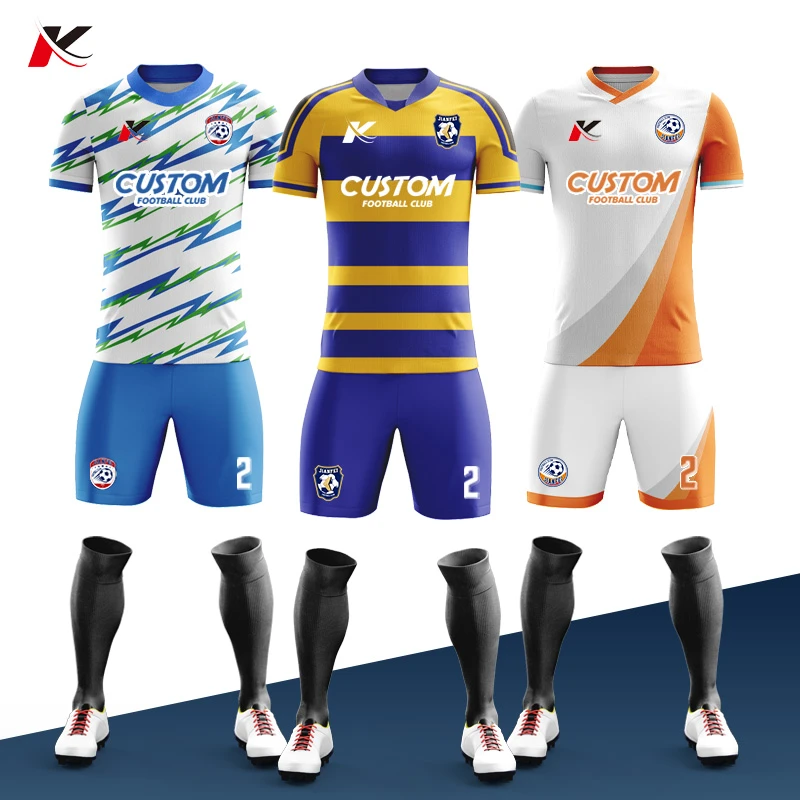A replica football team kits is defined as an (official) copy of a kit. In the UK it is a huge business. According to a BBC report from August 1999 about price fixing in the replica shirt market, it was then worth £210m – I’ve not found anything more recent apart from a report by a German company Sport+Markt (www.sportundmarkt.de) which found that at Summer 2008, the top 116 teams in Europe earned 615m euro from marketing.
Quite what ‘marketing’ includes alongside replica shirts isn’t stated (I only looked at the free summary of the report), however it’s interesting to note that the report also states that English fans spend the most (an average of 65 euro each per annum) and that Nike and Adidas account for 80% of the total number of replica football shirts manufactured. The recent take-overs by Adidas of Reebok and then by Nike of Umbro should further serve to underline just what a huge market it is.
Of course it wasn’t ever so. In the good old days any old red shirt could indicate that you were a Liverpool or a United fan. A dark blue would indicate either Everton or Chelsea. There were only certain teams which deviated – Arsenal had those white sleeves and Blackburn Rovers played in their blue and white halved shirts. But then things began to change.
At Coventry City, Jimmy Hill realised the kit was something more than just a uniform to wear on the pitch and he introduced the first ever kit of just one colour (other than white) as they changed from their hitherto mostly dark blue shirts with white shorts to a kit of all sky-blue. Bill Shankly only adopted all red for his Liverpool side in 1966-66 – 3 years after Coventry’s all sky-blue affair.
Moving into the 1970’s Leeds United, who’d changed from their traditional colours of blue and gold to all white in the early 1960’s, were the first club to offer their fans the chance to buy replica kits in 1975 as part of their deal with kit supplier Admiral. When Don Revie left Leeds to take over as England Manager the national team entered into a similar arrangement with Admiral. Things really took off when Liverpool became the first club to wear a sponsor’s name on their shirts following their 1979 deal with Japanese electronics manufacturer Hitachi. Here’s a list of prominent English clubs and their first identifiable kit manufacturer and sponsor:
The purchase of a replica football shirt nowadays represents no small investment for the average fan. Of that 65 euros spent on average by an English football fan on merchandising, a fair chunk is devoted to that all important replica shirt. Whether there’s a better way of supporting your team of course is a moot point – in fact it always (well since 1975) has been.
